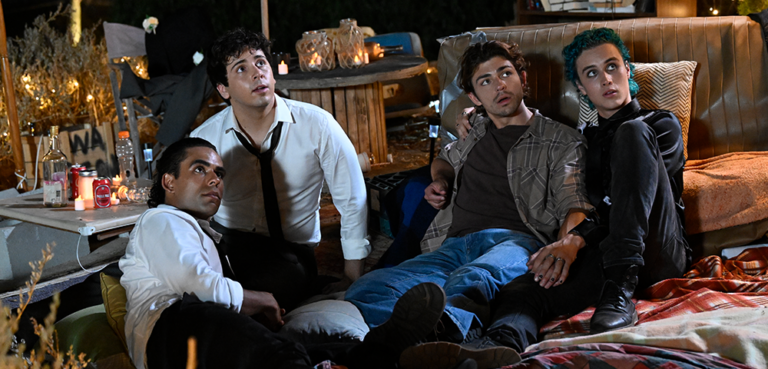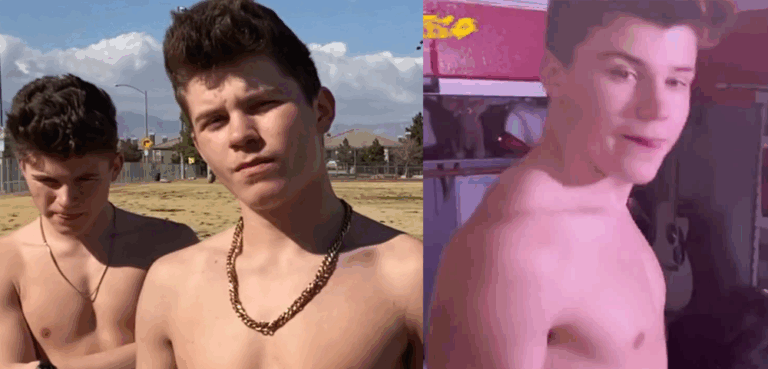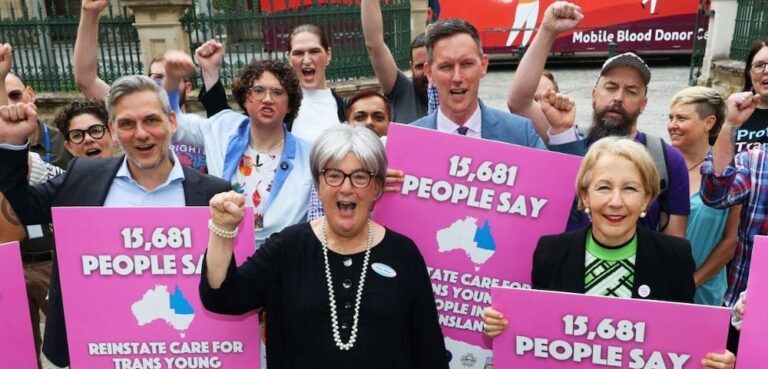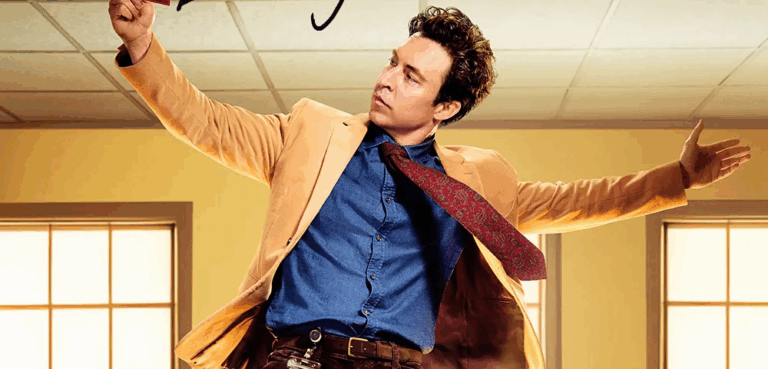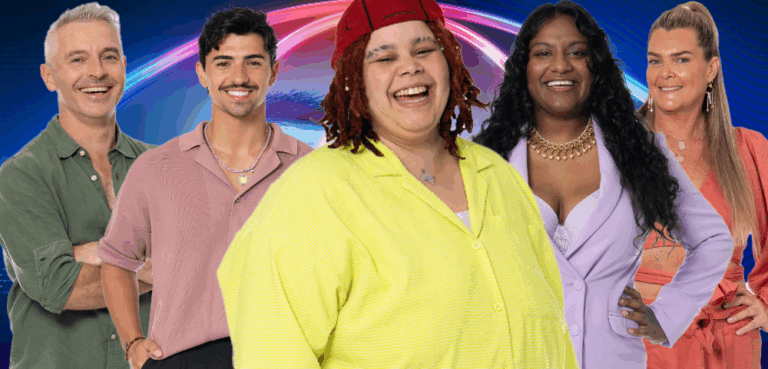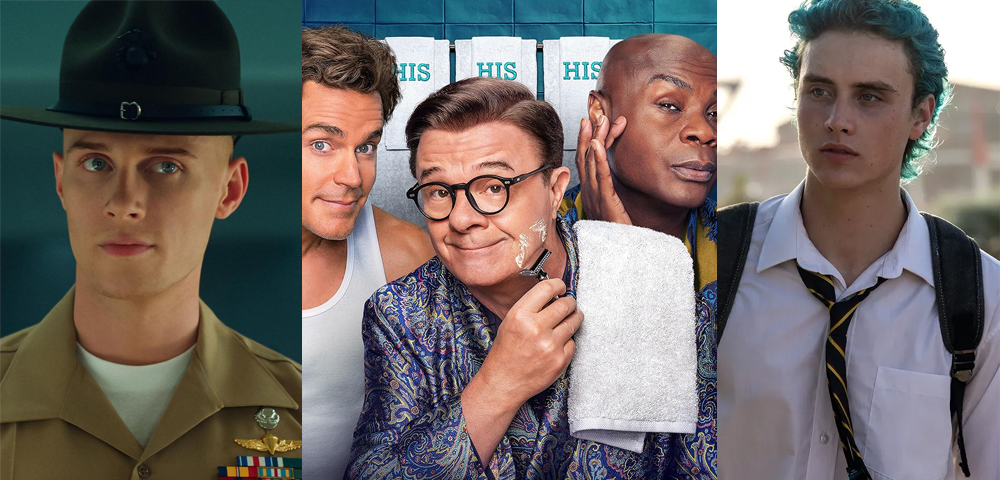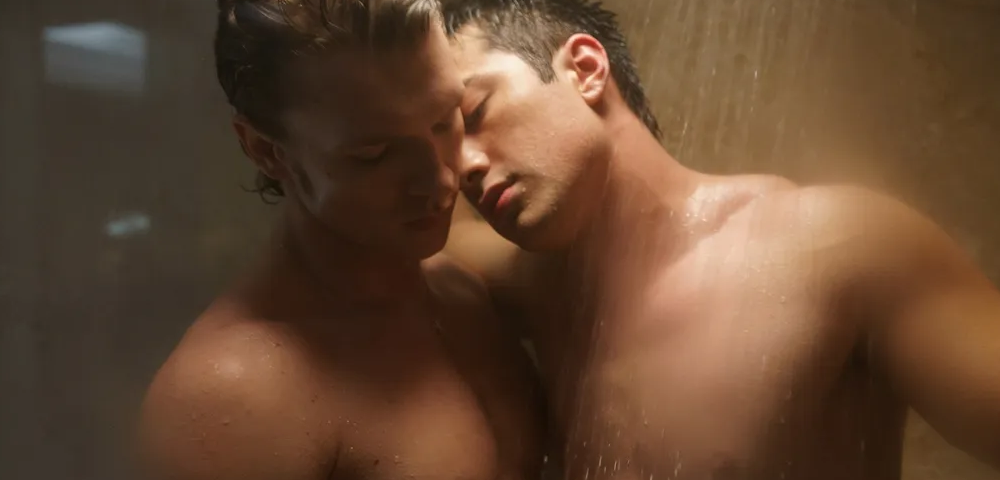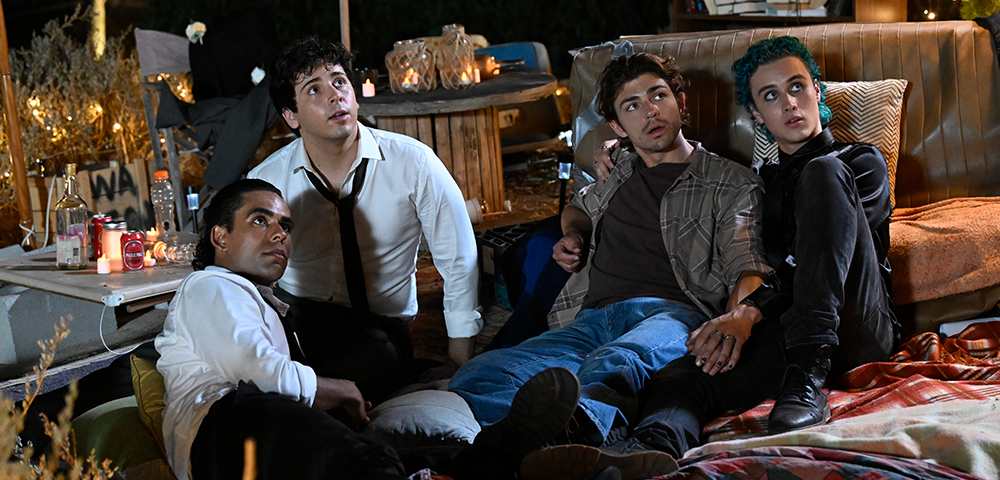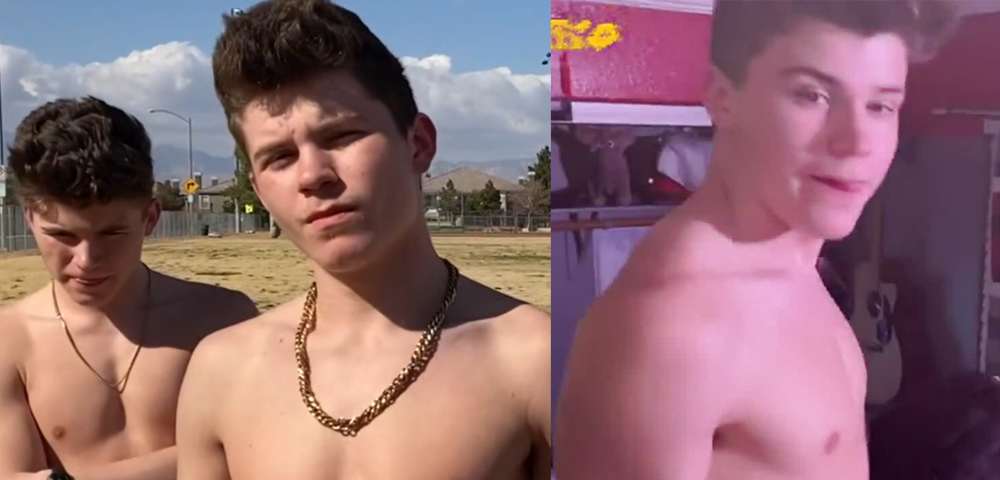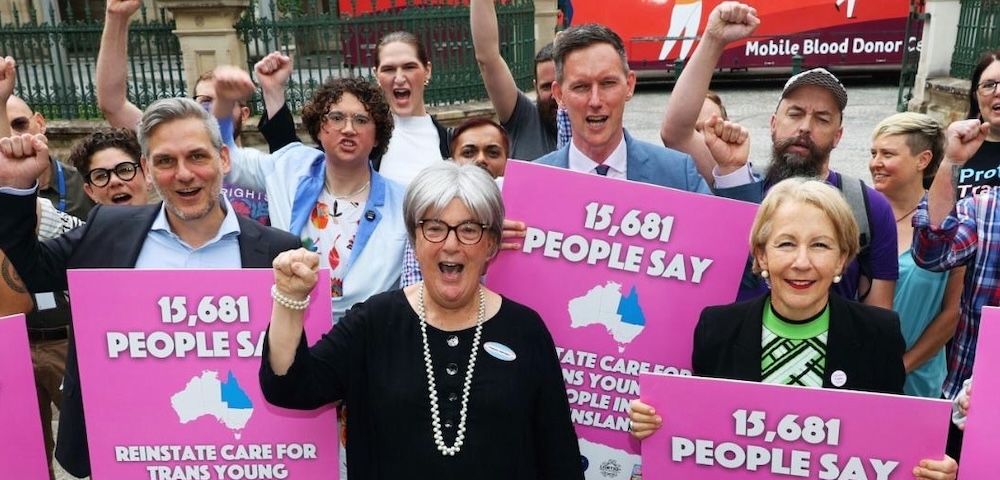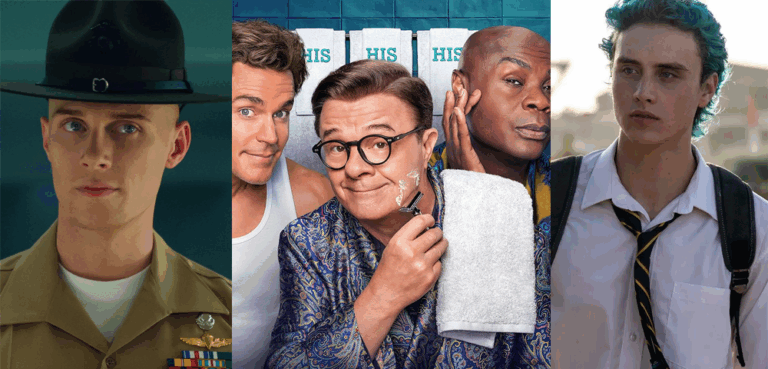
SATC Revival ‘And Just Like That…’ Is Not The Show LGBT Fans Were Hoping For
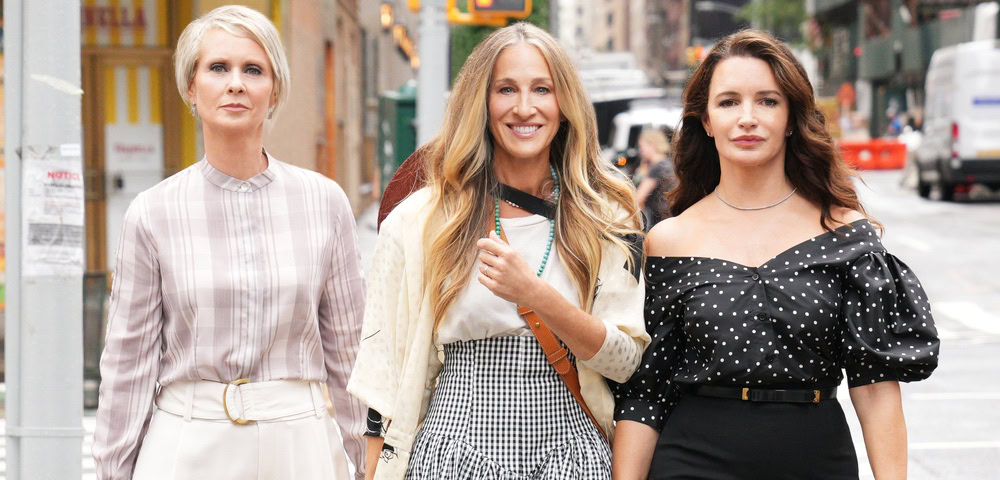
And Just Like That…, the Sex and the City revamp, is queering up an LGBTQI television favourite. With the addition of a major Queer character, the return of some favourite gay characters and the inclusion of a gender questioning teen, And Just Like That… aims to address the issues of its predecessor. Unfortunately it doesn’t do it very well at all.
Spoiler Alert: This story contains significant plot elements from And Just Like That…
Sex and the City in its original six year, 99 episode run attracted a large LGBTQ fan base despite the fact that the show had few LGBTQ characters integrated into the show.
Yes, there was Carrie’s (Sarah Jessica Parker) gay BFF, Stanford Blatch, (who, as Emma Spector noted in Vogue, Carrie treated really badly) and her blink-or-you’ll miss him shoe friend (played by Murray Bartlett).
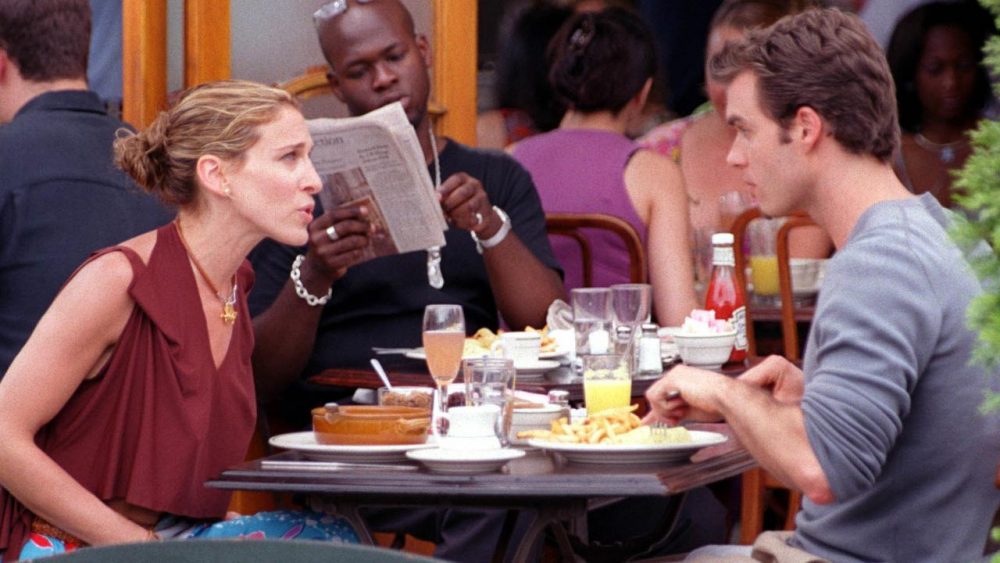
Charlotte (Kristina Davis) had her own gay BFF, Anthony Marantino (played by Mario Cantone) and the “mean girls” power-suit lesbians Charlotte briefly befriends, before being dumped immediately after they learn she is straight. These characters also relied on stale homosexual tropes…the men are bitchy and flamboyant and the women are just cold and mean.
There was also Samatha’s (Kim Cattrall) lesbian lover, played by the luminous Sonia Braga in a three-episode arc. “She’s not a lesbian, she probably just ran out of men,” proclaimed Charlotte; but for a show about four successful single women living in New York, the lack of openly LGBTQ characters was…strange, particularly for a show largely created by LGBTQ talent.
Was Carrie The Most Judgemental Sex Columnist In History?
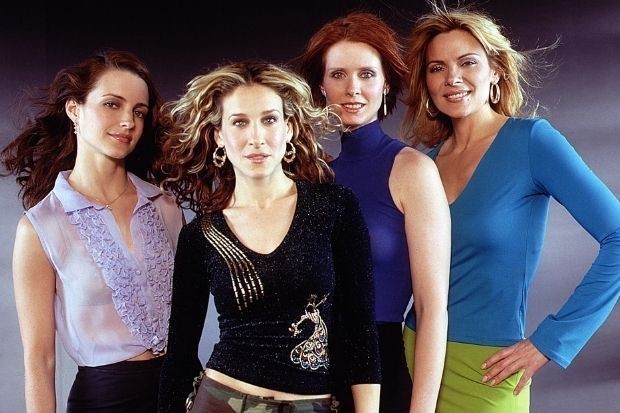
And Just Like That… has also made headlines for adding four major characters of colour, in an effort to address the criticism that Sex and the City was too white…which it was. Like LGBTQ characters, people of colour rarely infiltrated the ladies world.
However, the addition of these characters as well as the aforementioned subplot of a gender questioning teen, while welcome, also felt overly forced and underwritten.
For a show all about dating, marriage, love and sex, the original Sex and the City had a strangely uneasy, almost puritanical view when it came to Queer characters and issues. Carrie was perhaps the most judgemental sex columnist in history. She was seemingly uncomfortable with pretty much any divergent sexual appetites.
Let’s remember the time Carrie dated Sean, the bisexual guy in season three, and how she just couldn’t deal with the fact he had relationships with both men and women. “I’m not even sure bisexuality exists,” Carrie tells the girls over lunch. ”I think it’s just a layover on the way to Gaytown.”
Lesbian Partner
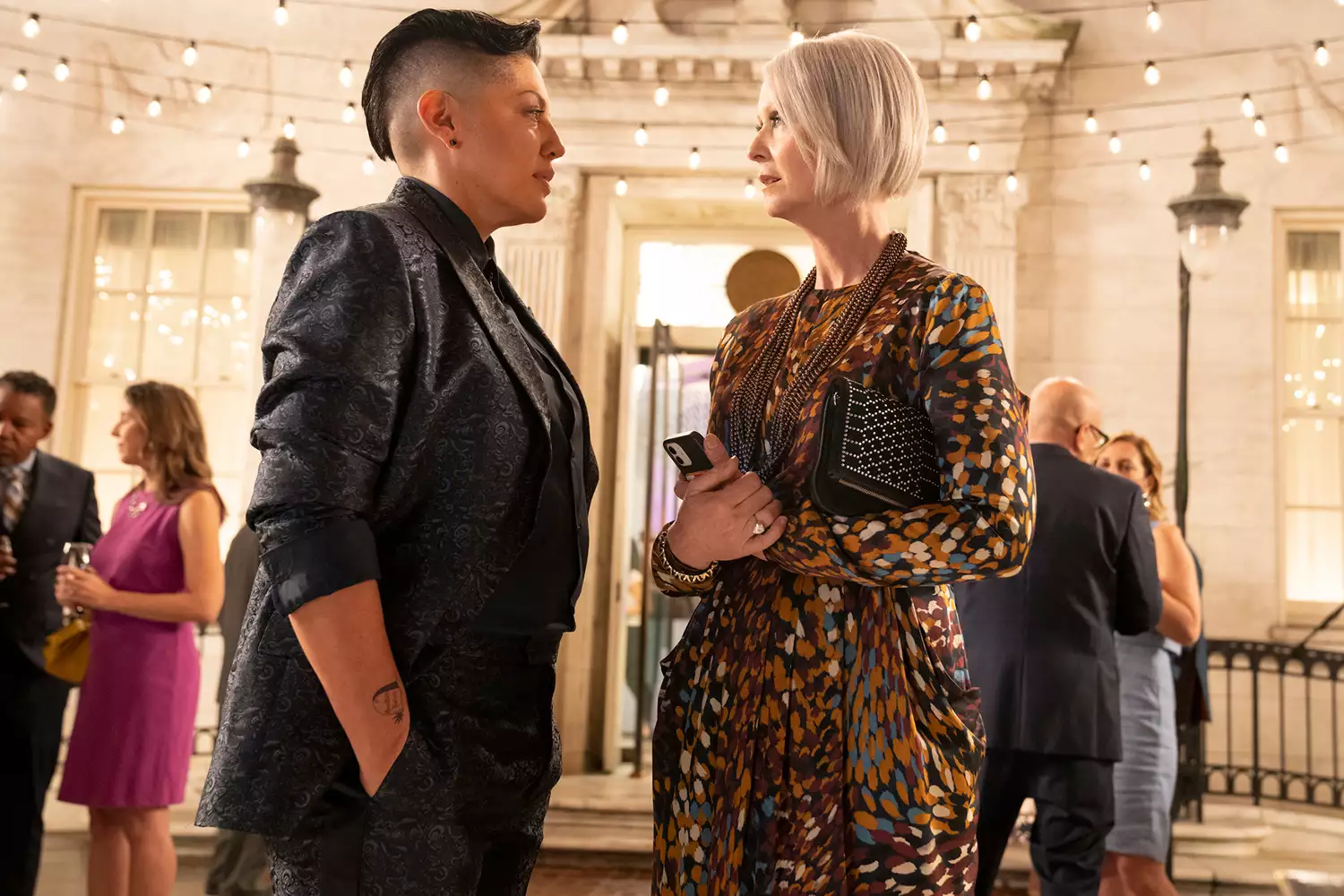
Then there was the incredibly awkward third episode of the series where Miranda is mistakenly thought to be a lesbian by co-workers and set up with a woman, much to Miranda’s horror.
However, when she discovers that her boss’s wife wanted to add a lesbian couple to his friendship circle, she tells Carrie, “I’m determined to make partner at this firm, even if I have to be a lesbian partner.” In the end, after briefly kissing her date, Miranda realises, “Yup, definitely straight,” a realisation which becomes ironic when we contrast it with Miranda in the new series.
In And Just Like That…Miranda (Cynthia Nixon), who has been in a years long sexual drought with husband Steve (David Eigenberg), has a torrid affair with Che, a non-binary stand-up comic who also happens to be Carrie’s new boss at a podcast, played by non-binary actor, Sara Ramirez. Miranda tells Carrie that sex with Che is “transcendent,” and she all of a sudden acts like a school girl lost in the throes of an all consuming crush.
Cynthia Nixon, in an interview with Elle, said that returning to the role was scary. “As wonderful as [SATC] is, to do that show right now would be incredibly tone-deaf,” said Nixon. “So I was really worried that the transformation wouldn’t be big enough, and my fears are very allayed.”
Queer Story Line Faded Into Background
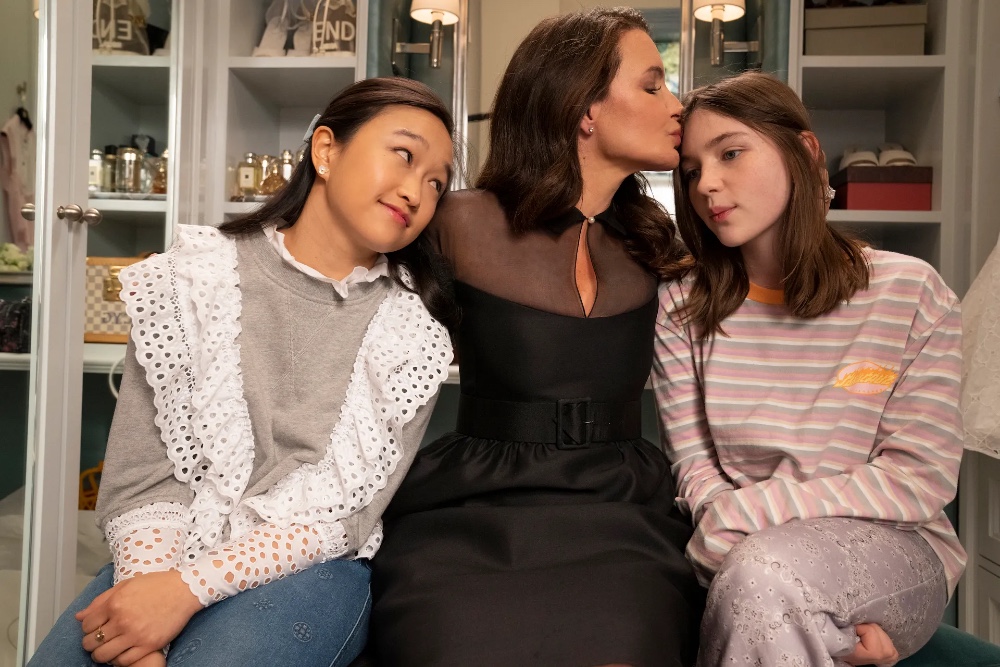
Charlotte, who has always been a somewhat problematic character has once again been saddled with little to do. When Charlotte and Harry’s child Rose changed their name from Rose to Rock, it seemed like a perfect storyline for the couple, who rarely had much in the way of substantive storylines.
While the story was intriguing and certainly topical, the show firmly kept that development well in the background with hardly any discussion between parent and child. Surely this storyline could have been given far more dramatic thrust.
In a show so obviously trying to be “current,” it’s truly disappointing to see the storyline fade into the woodwork. While Charlotte and Harry’s fairly immediate acceptance was to be applauded, it was unfortunate the writer’s never really had an honest scene between parents and child.
Charlotte’s character would have provided a great base for discussion but the writers failed completely to capitalise on it, instead relegating the story to the background.
Indeed, Charlotte and Harry in And Just Like That… are largely relegated to comic relief; “isn’t getting old hilarious?” It’s obvious that the writers still struggle to fit Charlotte with a meaty storyline, instead preferring to make her a slightly cringeworthy comic foil.
No Farewell For Willie Garson
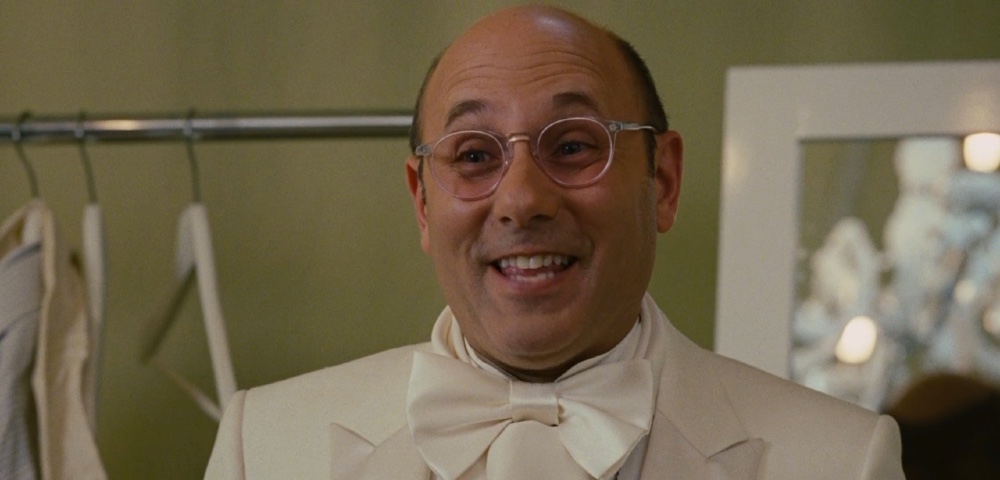
The show’s primary link to LGBTQ visibility, Willie Garson as Stanford, passed away early in the show’s production schedule from cancer. Instead of giving the actor the heartfelt exit he and the character deserved, the show has given the actor an inglorious sendoff, excusing Stanford’s absence because he has followed a model client to Japan.
Stanford is never mentioned again. For a character and an actor who were so well regarded by fans; to have him simply disappear just made no sense.
Stanford was more than a supporting character. He was beloved by fans and indeed Garson and Sarah Jessica Parker were best friends in real life.
For a show that was built around dealing with loss and facing new challenges in your 50’s, it would have been a far more fitting tribute by having Stanford also pass away. Then the stakes for Carrie would have been much higher and indeed been an even more interesting and relevant show. How do you survive the simultaneous deaths of your husband and your oldest friend?
Was it good to catch up with the ladies? Absolutely, The characters have created a die-hard fan base that have stuck with them even after a particularly noxious second film.
However until the writers do better to incorporate their new-found Queer sensibilities within the show, it will still be a love-to-hate, show instead of the love affair fans of the show were hoping for.

